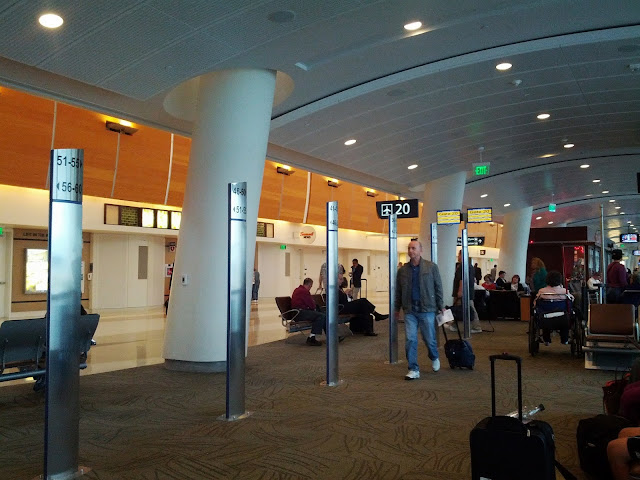The questions were:
Can you find:
1. Who owned the land that would become Edgewood Park between (around) 1908 until his death in 1930?
2. This man was quite a character: What was his job? And what athletic records did he hold?
3. What did he hold a patent for?
4. And, if you have the time, where is he buried?
The quick answers:
1. Henry C. Finkler.
2. He was a clerk for the California Supreme Court.
3. Bicycle brakes.
4. Union Cemetery, Redwood City, CA.
Now... let's talk about how to find answers to questions like this.
As several readers noted, the first question is a little tricky. After a few false starts (including queries like [ Edgewood Park owner ] and similar), I finally figured out that asking about the history of the place would be productive. I discovered along the way that there are multiple Edgewood Parks (including one in CT), so I tried this query:
[ Edgewood Park history California ]
quickly led me to both the park's website (interesting, but not helpful for this search), and the "Friends of Edgewood" site (interesting AND helpful!).
From that site, I found a couple of Acrobat files, including the Strategic Plan which has a nice section detailing Henry Finkler's acquisition of the property in 1908 from John Issac. The Taylor family acquired it after Finkler, and then the State of California acquired the land through eminent domain to build a new college campus in 1967. Those plans fell through in 1980 and the state sold it as excess property to the county. It is now a preserve, a place that's not quite pristine, but definitely a lovely place to visit.
Once armed with the name "Henry C. Finkler" the rest of the questions are pretty straightforward. (With a name that uncommon, you might expect that.)
With just a little looking around, you can find several articles (including archival newspaper stories from the San Mateo Times of 12-17-1931) that go into his life (colorful, with claims of the ability to control the entire San Francisco water supply through secret valves on his property, tunnels that went miles into the hills, etc.)
Finkler's father, a supreme court bailiff, committed suicide when Henry was 19, leaving Hencry C. to assume his father's position as court bailiff, eventually becoming Senior Secretary. He was obsessed with gathering weather stats, claiming that where he lived was one of only three perfect climates in the world. His weather records were used to support the prize-winning slogan, “Climate Best by Government Test,” which is still Redwood City’s official slogan.
In his early years, he also "competed in high-wheel (pennyfarthing) bicycle riding and became the state champion in both short and long distances."
Here's an image from the FriendsOfEdgeWood site that's just charming... and gives a decent idea of the man.
I'm trying to imagine Henry C. riding his high-wheeler across the early roads of the area at the time. With this image in mind, it's easy to do...
Patent: If you go to Google Patent Search, and then just search for:
[ Henry C Finkler ]
you'll find his patent (#488066, issued 12/13/1892) easily enough. (Note that the name is mistranscribed as "Henry G. Finkler." An obvious OCR error that's easily overcome.)
And lastly, his gravesite?
[ Henry C Finkler grave ]
You'll find he's in Redwood City, only a few miles from where his house was built very near to Finkler's bridge. He is buried at the Union Cemetery, in a masonic plot (here's a pic of the grave, with the masonic symbol).
The newspaper accounts are full of the lurid details of his life... tabloid stuff even now, 83 years later.
Search on!


















